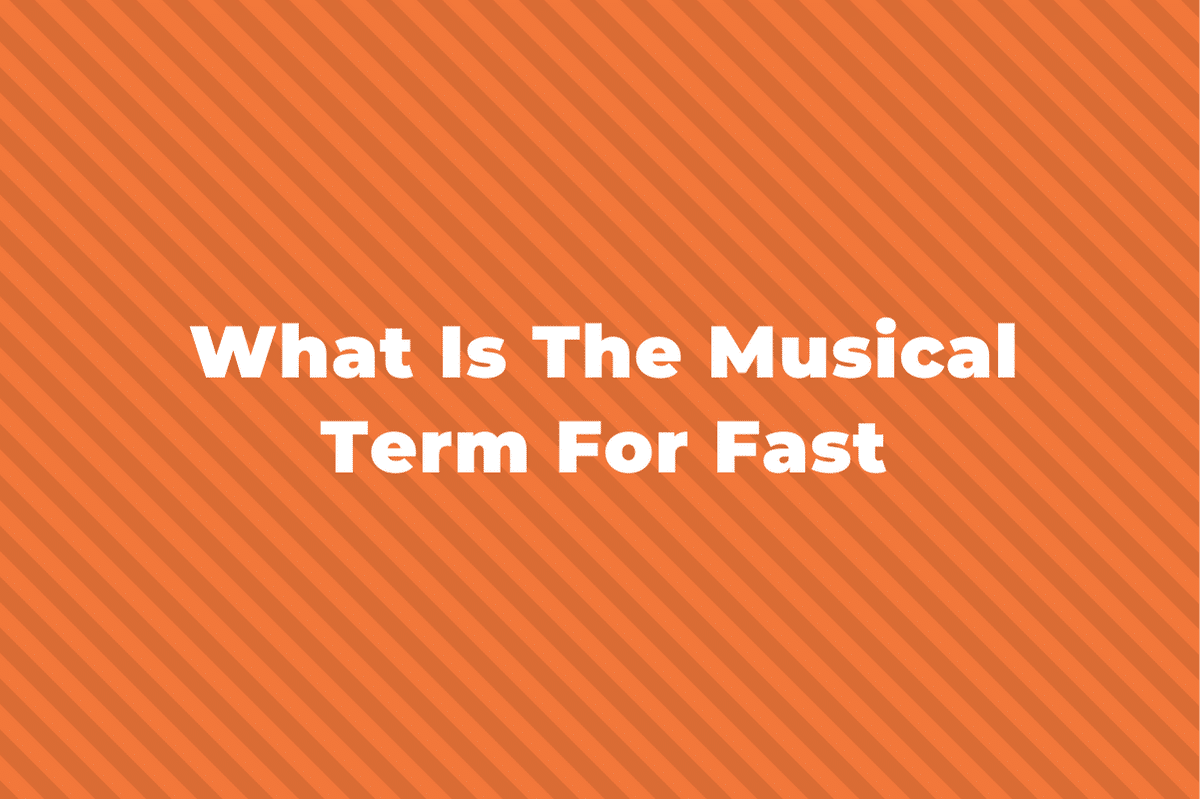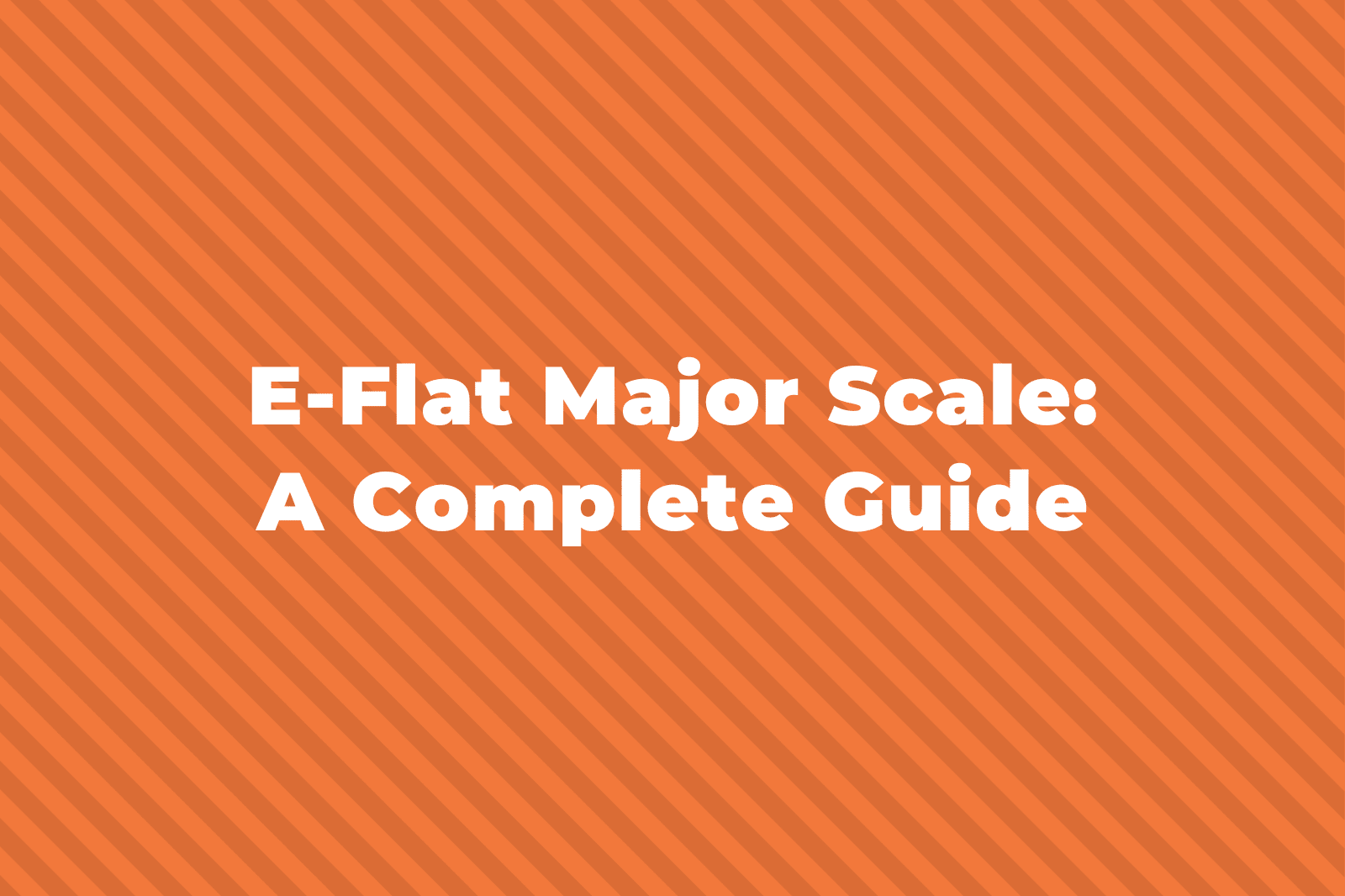There is a lot of terminology in music when it comes to notes and chords and naming different parts of them. These can get confusing and overwhelming and sometimes don’t make a whole lot of sense.
In this post, we’ll look at exactly what the root of a chord is and what it means. First, however, let’s recap what a chord is.
What is a Chord?
In music, a chord is when you play, sing, or hear multiple notes at the same time.
Any group of more than one note can be considered a chord, but chords with a certain number of notes have specific names.
For example, a chord with only two notes is called an interval or a dyad.
A chord with three notes is called a triad, and chords with more than three notes are Seventh chords, added tone chords, or extended chords, among others.
In almost all music you would hear on the radio or in a film, chords are the main source of harmony and harmonic function in a song.
In this example, only the final beat of the bar has a chord on it.
Even though it has the same notes that were played in the first three beats, it has all of the notes played at the same time:

To read more about chords and the different types check out our guide here.
What is the Root of a Chord?
With chords of three or more notes, you can represent and name that chord with a single note.
This note is called the root, and that is how people would refer to the chord as a whole.
You’ve most likely heard someone say “G chord” or “Bb Major chord”, and in those two cases the named note would be the root (G and Bb).

In the example above, the chord on the final beat is a C Maj chord, so therefore C is the root:
There can be many chords with the same root.
Every chord that is built upon the note Ab, for example, has the Ab as its root – Ab Maj, Ab min, Ab augmented, Ab diminished, Ab7, Abm7b5, Abmaj7#11, etc. all have an Ab root note.
When you just refer to a chord by its root note, however, it is assumed you are saying that it’s a major chord.
So when you hear “Go from C to G” that means start on a C Maj chord and change to a G Maj chord.
With all other chord qualities – minor, augmented, diminished, Seventh chords, etc. – you need to specify what the chord is.
Here is an example with 4 different C chords:

When the lowest note of a chord is the root note, we’d say the chord is ‘in root position.’
This leads us to question what happens if the lowest note is not the root?
Chord Inversions
Chord inversions are when some note other than the root is played as the lowest note in the chord.
For example, a G7 chord (G – B – D – F) has four notes, and any one of them can be the lowest note.
So therefore there’s four different positions a G7 can be played in – root position (with the G lowest), 1st inversion (B lowest), 2nd inversion (D lowest), and 3rd inversion (F lowest).
For more on inversions see our entire post about them here.
Here are the four positions of a G7 chord, with the root (G) highlighted in each one to show you where it can be played:

How to Identify the Root of a Chord
In a triad, the three notes are called the root, 3rd, and 5th.
If you have a seventh chord, you add the 7th, and extended chords above that could add the 9th, 11th, and 13th.
So, with up to 7 notes in a chord, how do you know which one is the root when you see it written out?
For instance, what are the roots and names of these four chords:

Most chords are created by stacking intervals of a 3rd on top of each other (notable exceptions are 6th chords, added tone chords, and quartal chords).
One of the most sure ways to figure out the root of a chord is by rearranging it into a stack of 3rds.
When chords are written as such, the lowest note will be the root.
For example, the first chord on the left has an interval of a 3rd between the Bb ⇨ D, but between the D ⇨ G is a 4th.
To rewrite this in only 3rds, you move the G down an octave, so it then reads G ⇨ Bb ⇨ D.
This is all in 3rds, so therefore the lowest note (G) we now know is the root.
Then, we have to figure out the chord quality, and the Bb and D♮ tells us this is a minor chord, so therefore the first chord is G minor.
The other way to figure out the root of a chord is with this shortcut: if the chord is a triad (only three notes), then the root is the note directly above the interval of a 4th, and if the chord is a Seventh chord, the root is directly above the interval of a 2nd.
In the middle two examples, which are both Seventh chords, there is one interval of a 2nd in each chord.
The first chord (second from the left), with notes B – D – E – G#, has the 2nd from D ⇨ E.
Therefore, the root of the chord is E, and with the G# and D♮, we can figure out that it’s an E7 chord.
The chord second from the right has the notes Ab – C – D – F. The 2nd is between C ⇨ D, so the root is D.
With the F♮, C♮, and Ab, it is a D half-diminished chord (also written as Dm7b5).
With the final chord (notes C – G – B – E – F#), it is a bit more complicated, because there are 5 notes in the chord, and both the E ⇨ F# interval and the F# ⇨ G (if the F# was brought down an octave) are 2nds.
If we arrange the notes in close position, we get C – E – F# – G – B, and we have to use our knowledge of music theory to figure it out.
C – E – G – B is a CMaj7 chord, and the F# is #11 in CMaj, so the chord is a CMaj7#11:

The chords written above, and the inversions they are in.
Sixth Chords
With 6th chords, more than one chord analysis is possible, so it’s hard to determine what exactly the root of the chord is.
For example, here are two chords that could either be seen as 6th chords in root position, or 7th chords in 1st inversion:

Because they share the exact same notes, you have to rely on other factors to figure out the root, such as the chords around it, the key signature, any written notes in the music, etc.
For example, take the first chord above, which is either a CMaj6 or Amin7.
With different chords leading up to it, we can tell which type of chord it is:

Summing Up
The root of a chord is just another name for the note that the chord is defined with.
If you see chord progressions written out with notes (e.g. A – F# min – D – E) as you would when looking up chords to a song, then those notes are the root of each chord, and if there’s no other information with it, then it’s a Major chord.
Figuring out the root of a chord written down in sheet music is a bit trickier, but there are some tips you can use, and the more you do it the easier it is to spot the root and the chord quality.



